What is the best Substitute for Tomato Puree?
Are you looking for a substitute for tomato puree? Well, get ready to read on as we explore the best tomato puree substitutes that will take your dishes from bland to bold. Whether you’re looking to enhance the flavor of your homemade pasta sauce or add a tangy twist to your favorite soup recipe, these alternatives will have you covered.
From the rich and robust taste of sun-dried tomatoes to the fresh and vibrant flavor of fresh tomatoes, we’ll dive into a variety of options that can be easily substituted for tomato puree. We’ll also provide tips and tricks for using these substitutes effectively, ensuring that you achieve the desired taste and texture in your recipes.
Try using: Crushed Tomatoes, Tomato Sauce/Ketchup, Canned Diced Tomatoes, Fresh Tomatoes, Sun-dried Tomatoes, Red Bell Peppers, Pizza Sauce, Passata, or Roasted Tomatoes.
Whether you’re dealing with dietary restrictions, pantry shortages, or simply want to explore new flavors, this guide will help you navigate the world of tomato puree alternatives.
What is Tomato Puree?
Tomato puree is a thick, smooth liquid made by cooking and straining tomatoes. It typically involves removing the skin and seeds, leaving behind a concentrated tomato base. The process involves heating and simmering the tomatoes until they break down, and then blending or processing them to achieve a smooth consistency.
Tomato puree is used in various dishes, including sauces, soups, stews, and casseroles. Its concentrated flavor adds depth to recipes, making it a go-to for enhancing the tomato taste in dishes without the extra liquid content found in other tomato products. Whether you buy it in a tube, or make it from scratch, tomato puree is a handy kitchen staple for many cooks.
What can I substitute for Tomato Puree
Here are some of the best ingredients to substitute the flavor and role that tomato puree provides in your recipes.
- Crushed Tomatoes
- Tomato Sauce/Ketchup
- Canned Diced Tomatoes
- Fresh Tomatoes
- Sun-dried Tomatoes
- Red Bell Peppers
- Pizza Sauce
- Passata
- Roasted Tomatoes
Tomato Puree substitutes
Crushed Tomatoes
Using crushed tomatoes as a substitute for tomato puree is a great idea and can add a lovely texture to your dishes.
Now, when it comes to crushing tomatoes for sauces, pastes, or any recipe that calls for crushed tomatoes, you’ll want to go for Roma tomatoes. They’re known for their low moisture content and they also have fewer seeds, making them perfect for creating a thick and flavorful consistency. San Marzano tomatoes are another excellent choice, known for their sweet taste and rich flavor. These varieties work well for crushing because they have the right balance of fleshiness and juiciness. Give them a try in your next recipe, and you’ll likely notice a difference in the texture and taste of your crushed tomatoes!
Here’s a quick guide on how to make the swap:
- Adjust Consistency: Crushed tomatoes are chunkier than puree, so if you want a smoother texture, you can either blend the crushed tomatoes or pass them through a food processor.
- Quantity Conversion: Typically, you’ll need a bit more crushed tomatoes than the amount of tomato puree called for in a recipe. Use a 1:1.25 ratio as a starting point (e.g., if a recipe calls for 1 cup of tomato puree, use 1.25 cups of crushed tomatoes).
- Seasoning: Since crushed tomatoes might have a different flavor profile, taste and adjust the seasoning of your dish accordingly. You might need to add a bit more salt, herbs, or spices to balance it out.
- Cooking Time: Keep in mind that crushed tomatoes might take a bit longer to cook down and integrate into your dish due to their chunkier nature. Adjust the cooking time as needed.
Whether it’s a pasta sauce, soup, or stew, crushed tomatoes can bring a rustic touch to your dishes.
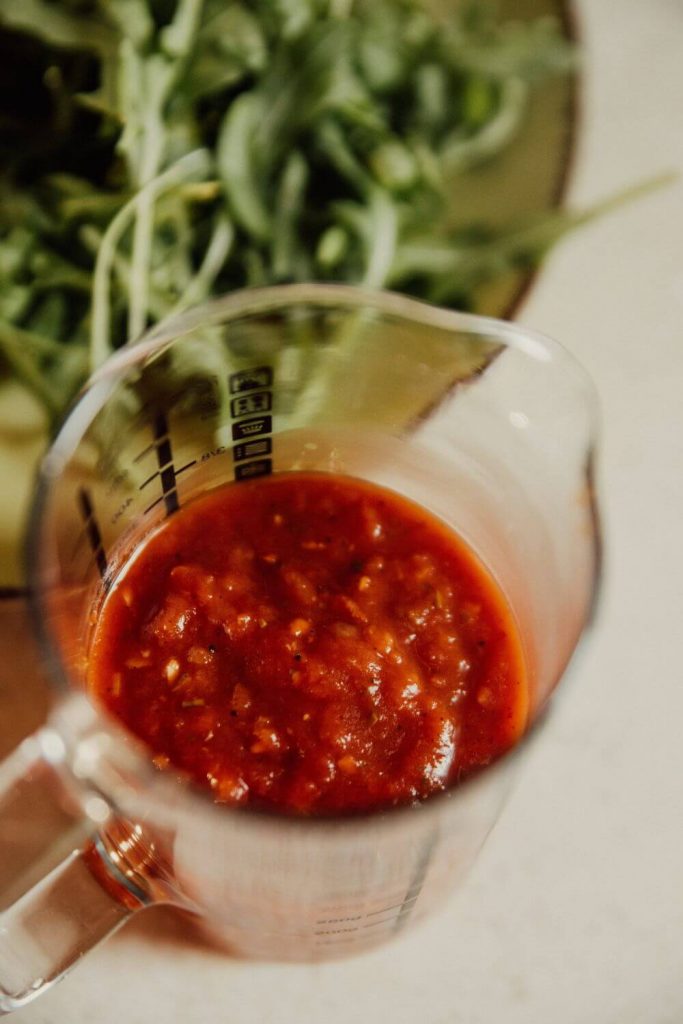
Tomato Sauce/Ketchup
Using tomato sauce or ketchup as a substitute for tomato puree can add a hint of sweetness and tanginess to your dishes. There are plenty of readymade ketchups and tomato sauces on the market, so just choose the one you like.
Here’s how you can make the switch:
- Quantity Conversion: Use a 1:1 ratio as a starting point. If your recipe calls for 1 cup of tomato puree, use 1 cup of tomato sauce or ketchup. Adjust as needed based on your taste preferences.
- Adjust Consistency: Tomato sauce and ketchup are typically smoother than tomato puree. If you want a thicker consistency, you can simmer the sauce or ketchup on low heat to reduce the liquid content.
- Seasoning: Keep in mind that both tomato sauce and ketchup may contain additional seasonings and sugars. Taste your dish and adjust the salt, herbs, and spices accordingly. You might need to reduce added sugars in other parts of your recipe to balance the flavors.
- Sweetness Factor: If you’re using ketchup, be mindful of its sweetness. It can work well in certain recipes, but in others, you might want to balance the sweetness with a touch of vinegar or lemon juice.
- Experiment: As always, feel free to experiment. The best recipes often come from a bit of trial and error. Try the substitution in different dishes to see how it works.
Whether you’re making a pasta sauce, chili, or a stew, tomato sauce or ketchup can bring a unique twist to your recipes.
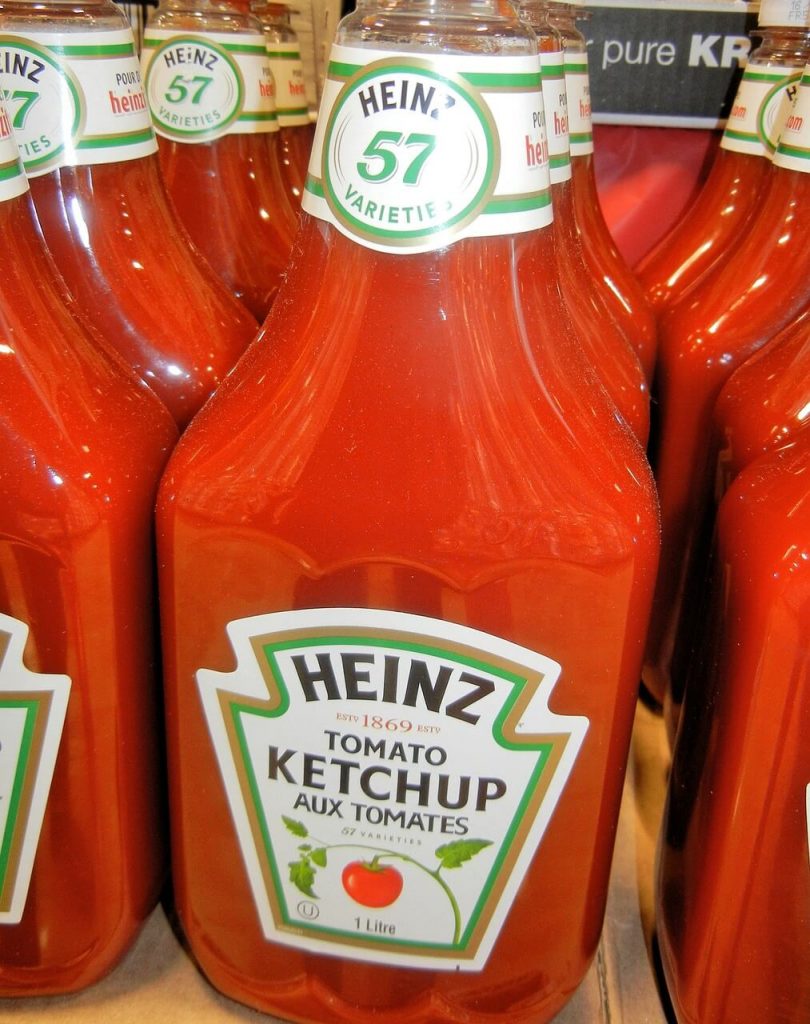
Canned Diced Tomatoes
Using canned diced tomatoes as a substitute for tomato puree can add a chunky texture and a burst of freshness to your dishes. Canned tomatoes are readily available in your local stores, and most of us also have a tin or two in the cupboard.
Here’s how you can make the switch:
- Blending Option: If you prefer a smoother consistency, you can blend the canned diced tomatoes. Use a food processor or blender to achieve the desired texture. This will give you a result closer to traditional tomato puree.
- Quantity Conversion: Use a 1:1 ratio as a starting point. If your recipe calls for 1 cup of tomato puree, use 1 cup of blended canned diced tomatoes. Adjust the quantity based on your taste and the desired thickness of your dish.
- Seasoning: Canned diced tomatoes might have a slightly different flavor profile than tomato puree. Taste your dish and adjust the seasoning, including salt, herbs, and spices, accordingly.
- Cooking Time: Keep in mind that the chunkier texture of diced tomatoes might affect the cooking time. Simmer your dish a bit longer if you want the tomatoes to break down further and integrate into the sauce.
- Experiment: Try the substitution in various recipes to see where it fits best in your dishes. Whether it’s a pasta sauce, chili, or soup, canned diced tomatoes can add a delightful twist.
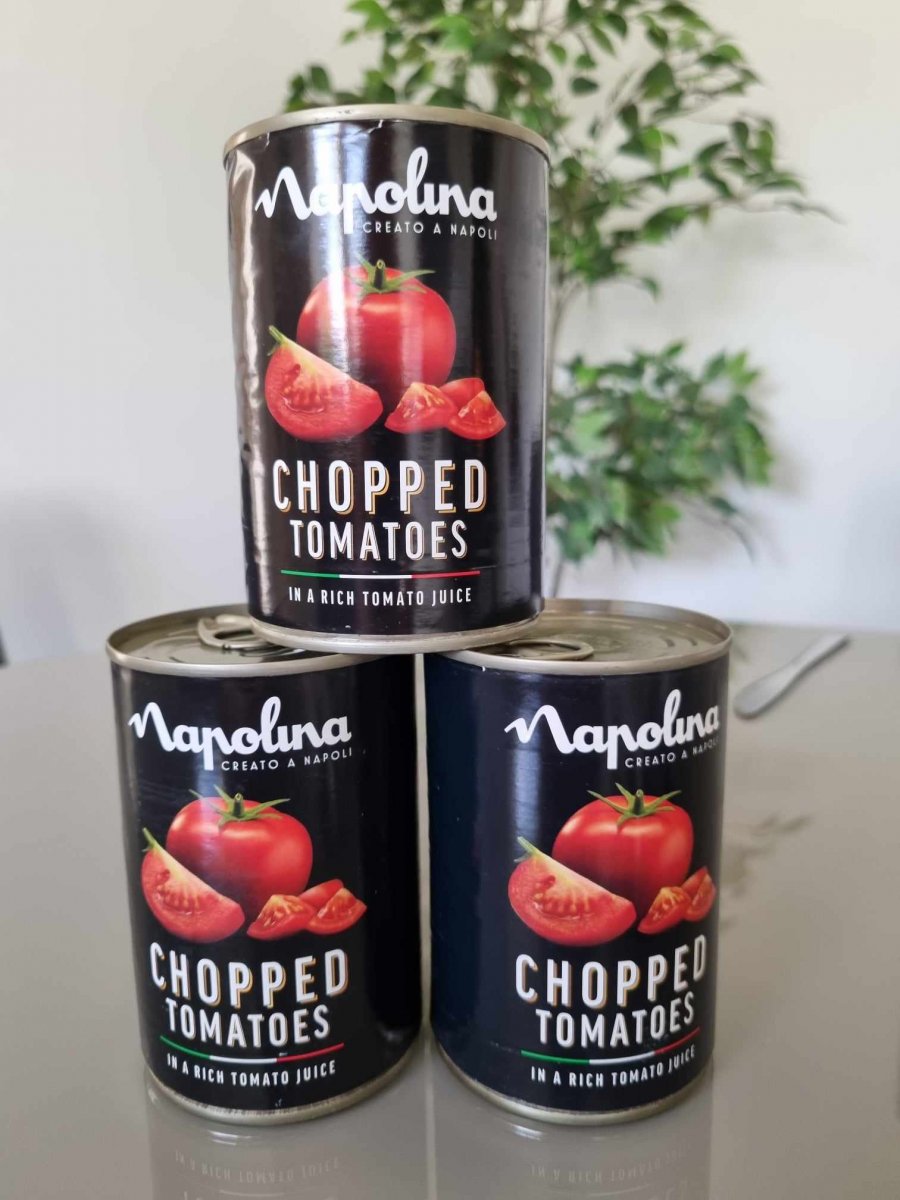
Fresh Tomatoes
Fresh tomatoes can be a wonderful substitute for tomato puree, bringing a vibrant and authentic flavor to your dishes. Most of us have a ready supply of tomatoes in our salad drawer, and they are easy to use as a tomato puree alternative.
Here’s how to make the switch:
- Peel and Deseed: Start by blanching the fresh tomatoes to easily peel off the skin. Cut them in half and remove the seeds. This will help you achieve a smoother texture, similar to tomato puree.
- Blend or Process: Once peeled and deseeded, blend the fresh tomatoes in a food processor or blender until you get a smooth consistency. Adjust the quantity based on your recipe needs.
- Quantity Conversion: Use a 1:1 ratio as a starting point. If your recipe calls for 1 cup of tomato puree, use 1 cup of blended fresh tomatoes. You might need to adjust the quantity based on the juiciness of the tomatoes.
- Seasoning: Fresh tomatoes have a bright and lively flavor, so you may need to adjust the seasoning. Taste your dish and add salt, herbs, and spices as needed.
- Cooking Time: Fresh tomatoes have a higher water content than puree, so you might need to cook your dish a bit longer to achieve the desired thickness.
- Experiment: Enjoy the process of experimenting with fresh tomatoes in different recipes. Whether it’s a pasta sauce, soup, or stew, the natural sweetness of fresh tomatoes can elevate your dish.
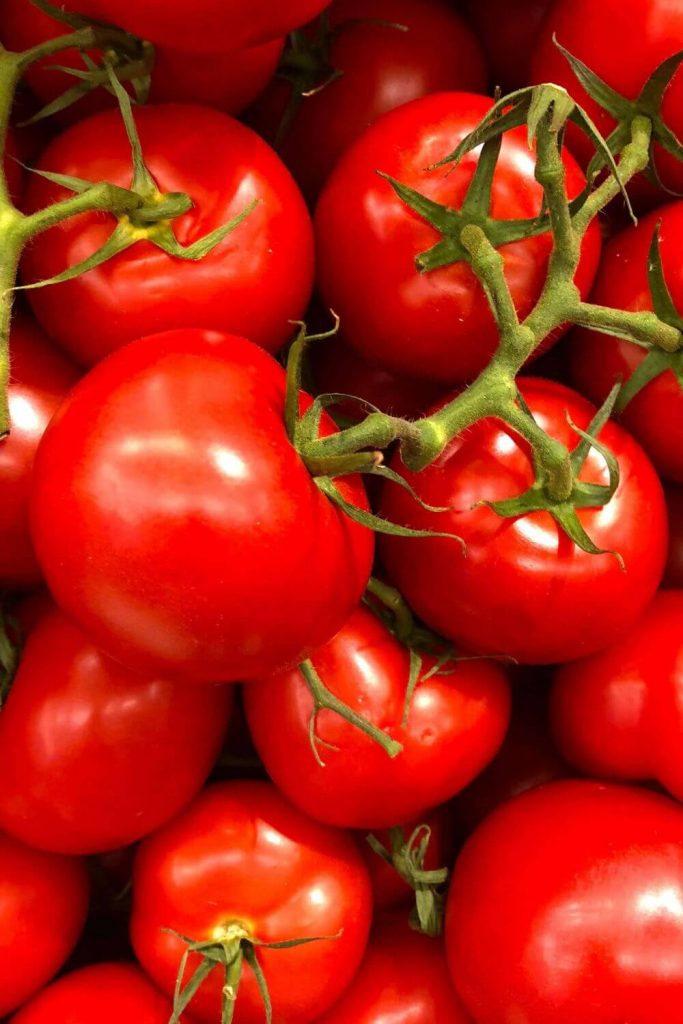
Sun-dried Tomatoes
Using sun-dried tomatoes as a substitute for tomato puree can bring a rich, concentrated flavor to your dishes. Here’s how to make the substitution:
- Rehydration: Sun-dried tomatoes are usually dried, so you’ll need to rehydrate them before use. Soak them in hot water for about 15-20 minutes until they become plump and soft. Alternatively, you can soak them in warm broth for added flavor.
- Blend or Chop: Once rehydrated, you have two options. For a texture closer to tomato puree, blend the softened sun-dried tomatoes in a food processor or blender. For a chunkier texture, finely chop them with a knife.
- Quantity Conversion: Use a 1:1 ratio as a starting point. If your recipe calls for 1 cup of tomato puree, use 1 cup of blended or chopped rehydrated sun-dried tomatoes. Adjust based on the intensity of flavor you desire.
- Seasoning: Sun-dried tomatoes have an intense and slightly sweet flavor, so you might need to adjust the seasoning. Taste your dish and add salt, herbs, and spices accordingly.
- Cooking Time: Since sun-dried tomatoes are already concentrated, they won’t need as much cooking time as tomato puree. Adjust the cooking time to allow the flavors to meld.
- Experiment: Have fun experimenting with sun-dried tomatoes in different recipes. They work well in pasta dishes, sauces, and even in salads.
Feel free to get creative and enjoy the unique, robust taste that sun-dried tomatoes offer.

Red Bell Peppers
Using red bell peppers as a substitute for tomato puree can bring a sweet and vibrant twist to your dishes. Here’s how you can make the substitution:
- Roast the Red Bell Peppers: Roasting enhances the natural sweetness of red bell peppers. Place them under the broiler or directly on a gas flame until the skin is charred. Let them cool, then peel off the skin and remove the seeds.
- Blend or Process: Once roasted and cleaned, blend the red bell peppers in a food processor or blender until you achieve a smooth consistency. This will be your red bell pepper puree.
- Quantity Conversion: Use a 1:1 ratio as a starting point. If your recipe calls for 1 cup of tomato puree, use 1 cup of blended red bell pepper puree. Adjust based on the sweetness and thickness you desire.
- Seasoning: Red bell peppers have a sweeter taste compared to tomatoes, so you may need to adjust the seasoning. Taste your dish and add salt, herbs, and spices accordingly to balance the flavors.
- Cooking Time: Red bell pepper puree might not require as much cooking time as tomato puree. Adjust the cooking time to integrate the flavors into your dish.
- Experiment: Get creative with red bell pepper puree in different recipes. It works well in pasta sauces, dips, and even as a base for soups. The vibrant color and sweet taste can add a unique touch to your food blog creations.
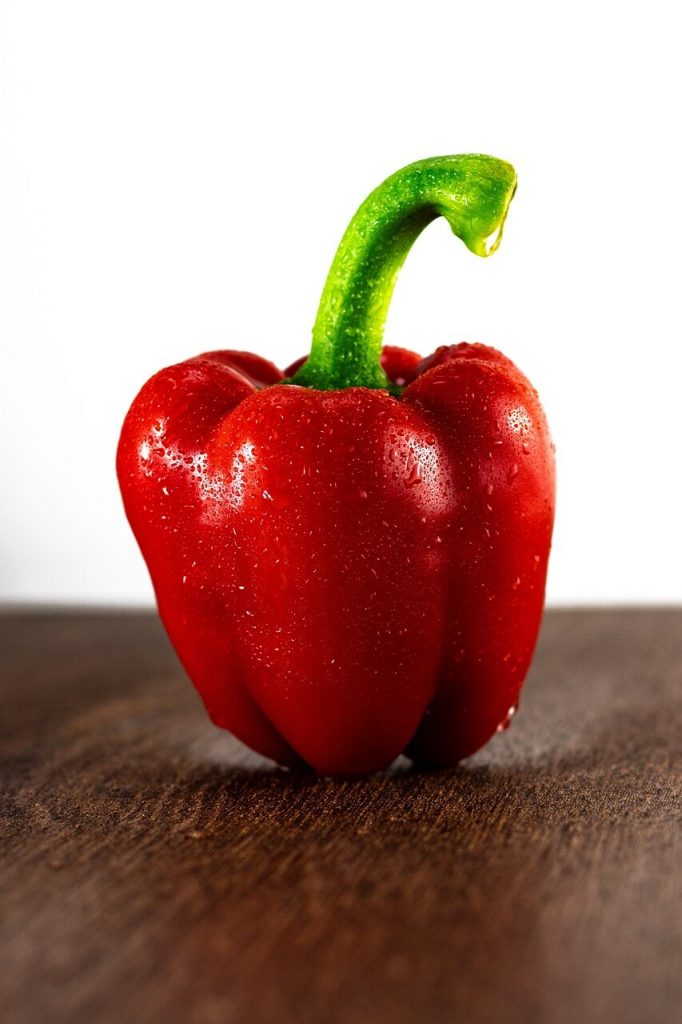
Pizza Sauce
Using pizza sauce as a substitute for tomato puree can infuse your dishes with a flavorful kick. Here’s how to make the switch:
- Quantity Conversion: Start with a 1:1 ratio. If your recipe calls for 1 cup of tomato puree, use 1 cup of pizza sauce. Adjust the quantity based on your taste and the intensity of flavor you desire.
- Seasoning Adjustment: Pizza sauce often comes seasoned with garlic, herbs, and spices. Taste your dish and consider reducing the amount of additional seasonings in your recipe to avoid overdoing it. Alternatively, you can embrace the added flavors for a unique twist.
- Consistency: Pizza sauce is typically thicker than tomato puree, so consider thinning it out with a bit of water or broth if your recipe requires a smoother consistency.
- Cooking Time: Since pizza sauce is already cooked and seasoned, you might not need to simmer your dish as long as you would with plain tomato puree. Adjust the cooking time accordingly.
- Versatility: Pizza sauce works well in various Italian-inspired dishes, like pasta, lasagna, or casseroles. It adds a robust flavor that can enhance your food blog recipes.
- Experiment: Have fun experimenting with pizza sauce in different recipes. The added seasonings can bring a unique and savory element to your dishes.
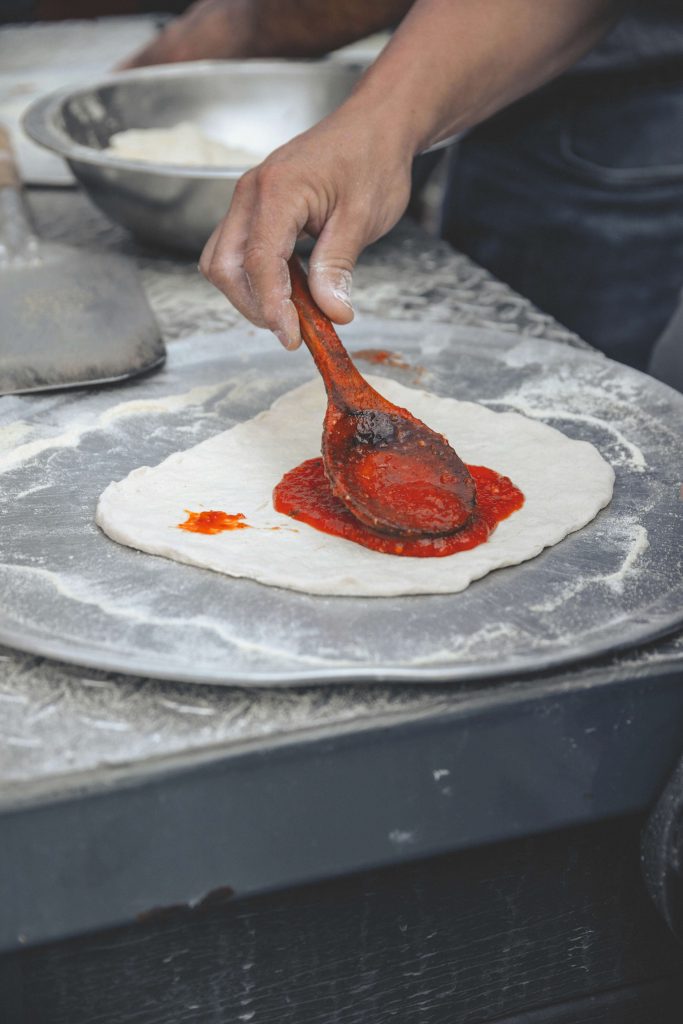
Passata
Passata is a type of tomato sauce that is made from strained and uncooked tomatoes. It is essentially a smooth, liquid form of tomato puree. The tomatoes used to make passata are usually ripe and fresh, and the sauce is made by blending or crushing the tomatoes and then straining them to remove the skin and seeds. The result is a velvety, concentrated tomato sauce with a smooth texture.
Using passata as a substitute for tomato puree can add a smooth and rich tomato base to your dishes. Here’s how to make the substitution:
- Quantity Conversion: Passata is essentially strained and uncooked tomato puree, so you can often use it as a 1:1 substitute. If your recipe calls for 1 cup of tomato puree, use 1 cup of passata. Adjust the quantity based on your taste and the desired thickness of your dish.
- Seasoning Adjustment: If you are using plain passata it may lack the additional seasonings found in some tomato sauces. Taste your dish and adjust the seasoning accordingly. You have more control over the flavor profile with passata, allowing you to customize the taste to your liking. You can also purchase passata with added herbs, basil, or garlic.
- Consistency: Passata is already a smooth liquid, so you won’t need to blend it further. If your recipe requires a thicker consistency, consider reducing the passata by simmering it on the stove.
- Cooking Time: Since passata is uncooked, it might not need as much simmering time as tomato puree. Adjust the cooking time to ensure your dish reaches the desired flavor and texture.
- Versatility: Passata works well in a variety of recipes, including pasta sauces, soups, and stews. Its smooth texture makes it versatile, allowing it to seamlessly integrate into different dishes.
- Experiment: Enjoy experimenting with passata in various recipes to see how it complements your dishes. Its simplicity allows the other ingredients in your dish to shine.
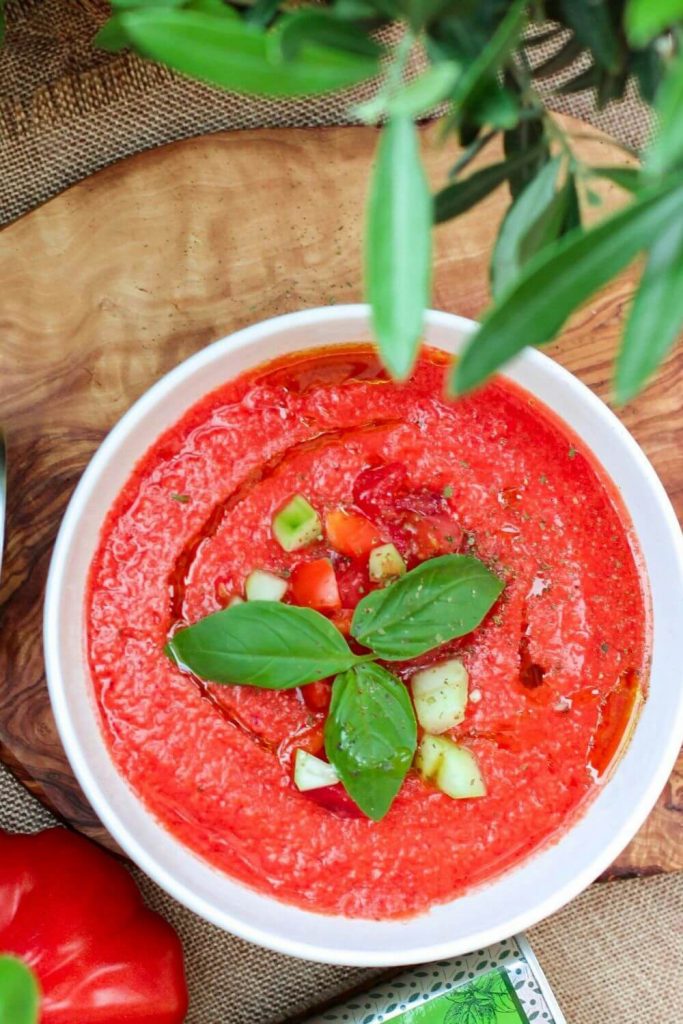
Roasted Tomatoes
Using roasted tomatoes as a substitute for tomato puree can bring a rich and smoky flavor to your dishes. Here’s how to make the substitution:
- Roast the Tomatoes: Preheat your oven to around 400°F (200°C). Cut your tomatoes in half, place them on a baking sheet, drizzle with olive oil, and season with salt and pepper. Roast them until the edges are slightly caramelized, usually around 20-30 minutes.
- Blend or Process: Once the roasted tomatoes have cooled slightly, blend them in a food processor or blender until you achieve a smooth consistency. This will be your roasted tomato puree.
- Quantity Conversion: Use a 1:1 ratio as a starting point. If your recipe calls for 1 cup of tomato puree, use 1 cup of blended roasted tomatoes. Adjust based on the intensity of flavor you desire.
- Seasoning: Roasted tomatoes add a smoky sweetness to your dish. Taste and adjust the seasoning accordingly. You might need less salt or different herbs compared to recipes using traditional tomato puree.
- Consistency: The consistency of roasted tomatoes might be thicker than regular puree due to the roasting process. If needed, you can adjust by adding a bit of water or broth to achieve the desired thickness.
- Cooking Time: Since the tomatoes are already roasted, you might not need as much cooking time as you would with regular puree. Adjust the cooking time to let the flavors meld and intensify.
- Experiment: Get creative with roasted tomatoes in various recipes. They work particularly well in pasta sauces, soups, and stews, adding a depth of flavor that can elevate your creations.
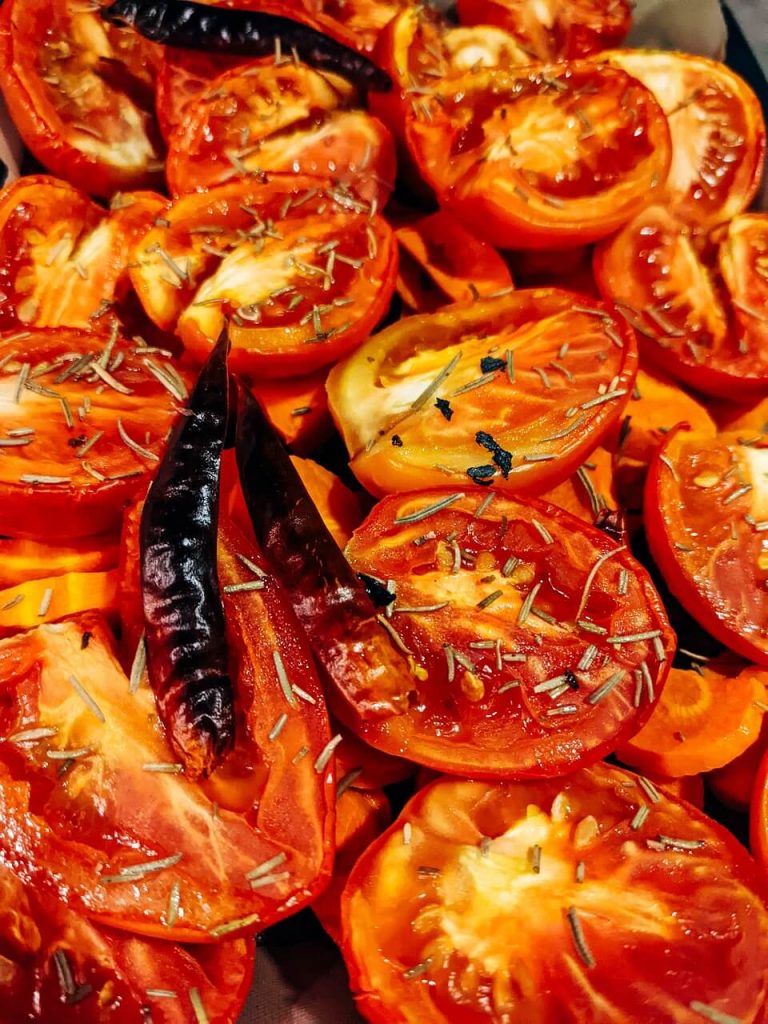
Summary for Tomato Puree substitutes
Okay – that’s you all sorted with suitable substitutes for tomato puree.
Here’s a quick recap:
- Crushed Tomatoes: These are a close cousin to tomato puree, with a chunkier texture. Just blend them if you need a smoother consistency.
- Tomato Sauce: Slightly thinner than puree, it works well in many dishes. Just watch out for added seasonings; you might need to adjust your recipe accordingly.
- Canned Diced Tomatoes: Perfect for a heartier texture, especially in soups and stews. Give them a quick blend if you want a smoother feel.
- Fresh Tomatoes: When they’re in season, nothing beats the flavor of fresh tomatoes. Just peel, deseed, and blend them for a puree-like consistency.
- Sun-Dried Tomato Paste: Concentrated and rich, this can add a unique depth to your dishes. It’s a bit on the intense side, so use it sparingly.
- Red Bell Peppers: Roasted and blended, they bring a sweet and vibrant alternative to tomato puree. Plus, it’s a great way to sneak in some extra veggies.
- Pizza Sauce: A fantastic choice for adding flavor to your dishes. It’s usually seasoned with herbs and garlic, so adjust your recipe accordingly. Perfect for pasta, pizzas, and anything that can use a punch of savory goodness.
- Passata: This is essentially strained and uncooked tomato puree, making it a smooth substitute. It’s great for recipes where you want a silky texture without the intense cooking of traditional puree.
- Roasted Tomatoes: If you’re after a deep, smoky flavor, roasted tomatoes can be a game-changer. The roasting process intensifies the sweetness, adding a unique profile to your dishes. Blend them up for a texture closer to puree.
We have gathered together a lot more facts on ingredients such as herbs, spices, oils, nuts, etc. if you would like to learn some more.
Or if you need to swap out another ingredient have a look at our Substitutes section.
